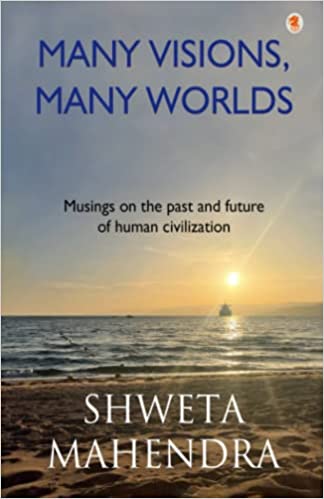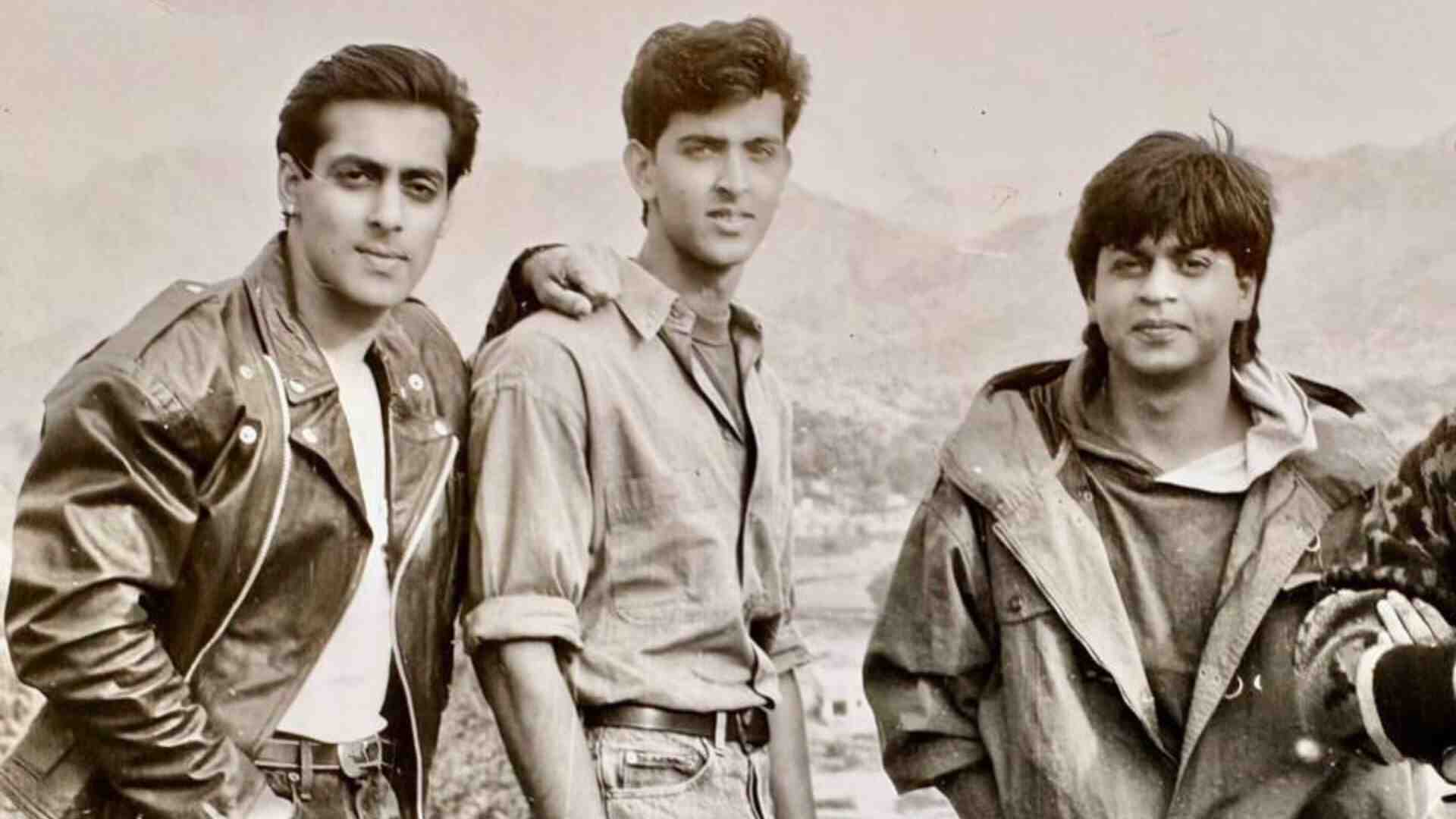
This world is an outcome of some unprecedented circumstances. It is like a LEGO toy where you collect blocks, assemble them, form a shape, and then destroy them repeatedly. Similarly, this earth has seen many civilizations which flourished and were ruined by natural disasters. Intelligence and knowledge are entombed under the earth or submerged in the sea. Again, a new civilization starts, and we start from zero.
Shweta Mahendra›s debut book, ‹Many Visions, Many Worlds› is a combination of a few significant shreds of evidence that narrate knowledge as the epitome of any civilization such as the cuneiform script of Sumerians, hieroglyphs of Egyptians, and still undeciphered Indus script.
We are getting technologically advanced each day with unparalleled speed; however, we need to be made aware of the past. It is divided into two sections, humanities, and science. This book focuses on seeing things with collective wisdom because the answer to history lies in the past. Technology cannot sustain ignoring the philosophical angle, sociological conditions, economic conditions, and cultural state of the human world.
The book ‘Many Visions, Many Worlds’ explores the deep interconnectedness of various dimensions of space and time. It touches upon ancient history, mythology, legends, current developments, and futuristic technologies. It explores possibilities, but it stops short of prescriptive advice. The future of humankind rests on the foundation of the past and the present. The author has travelled to ancient sites in Turkiye, Egypt, Jordan, Europe, the US, and India to develop this conviction and bring her visions to light.
This book unfolds the special events mentioned in Hindu epics, Ramayana, Mahabharata, and Geeta, and maps the mythological beliefs with the latest technology trends. The author also explains how virtual reality experiences were part of Hindu mythology.
The way humans are getting dependent on technology, future civilization is going to be a Technology Age era.
‹Many Visions, Many Worlds explains the basic concepts of the virtual reality world where everyone has to participate willingly or unwillingly. After all, technology will serve the world›s whole population. The author has explained various aspects of human life which will witness a technological revolution. The book is enriched by several real images captured by the author herself.
There is a lot of emphasis on equality, morale, ethics, and Karma giving references to famous philosophers and historians. The author considers these parameters as building blocks of civilization and how technology can check human-driven manipulations and provide a fair world.
The book, in the end, raises the pointers about a balanced earth where we use advanced technology without any negative impact on climate and environment. The author also believes in the afterlife, Karma, and the existence of parallel worlds and mentions her encounters with such incidents.
Shweta Mahendra has tried to bring out a book with not-so-common wisdom but a book with a different theory avoiding technical jargon to be followed by everyday readers who will be users of future civilizations. This book can guide GenZ, interested in innovations and creations. Many Worlds, Many Visions can be a framework for corporates to draw their roadmap in different sectors for upcoming technological development.
This book revolves around the theme – all Indians believe in «Vasudhaiva Kutumbakam» – the world is one family. The author carries a hope that technology will be a driver to bring the world together irrespective of race, religion, and geographical divide.















